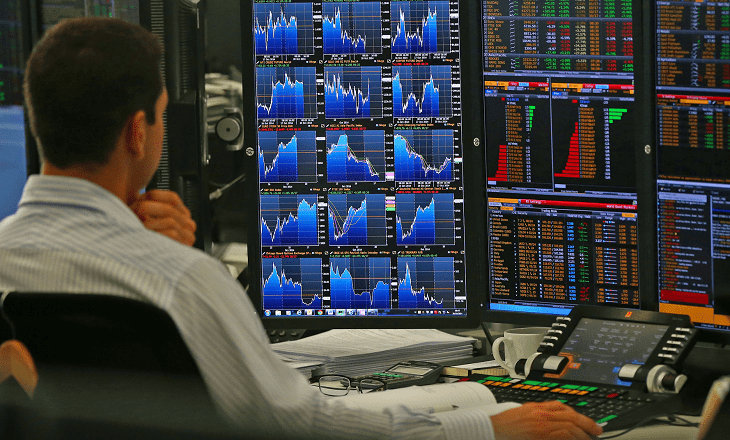The following article was written by Richard Perona, VP of Institutional FX at Advanced Markets.
As January 3, 2018 approaches, FX industry participants are busy reading through the new financial laws of “Markets in Financial Instruments Directive” (MiFID 2) in an attempt to understand how these will affect them going forward. Originally, MiFID was created following the 2008 financial crisis in an effort to standardize the regulatory disclosures for particular markets.
MiFID 2 came along with a revised set of standards which will enforce transparency, enhance investor protection and expand reporting to regulators, effectively changing the way that Europe’s secondary markets function. The significance of these changes should not be underestimated as the regulatory expectations of higher quality data sets will most likely lead to more regulatory issues and fines. In a continuation of Advanced Markets’ ongoing, fact-finding series about MiFID 2, (High Impact Changes), I will be exploring the impact of the pending regulations, specifically on how they relate to those engaged in Algorithmic Trading – High Frequency Trading (HFT).
The broad Algorithmic Trading definition, incorporated within MiFID 2, was intentionally used to capture a wide array of clients and firms which wouldn’t have been placed within this category before. This new rule defines Algorithmic trading as follows:
Article 4(1)(39) of MiFID II, pursuant to which algorithmic trading is “trading in financial instruments where a computer algorithm automatically determines individual parameters of orders such as whether to initiate the order, the timing, price or quantity of the order or how to manage the order after its submission, with limited or no human intervention, and does not include any system that is only used for the purpose of routing orders to one or more trading venues or for the processing of orders involving no determination of any trading parameters or for the confirmation of orders or the post-trade processing of executed transactions.”
Continuing, Article 4(1)(40) of MiFID 2 has enacted High Frequency Trader as a subset of the Algorithmic Trading definition and will be subjected to the same controls and requirements with the ADDITIONAL requirements for an infrastructure designed to minimize network and other latencies including high-speed DEA, proximity hosting or collocation for algorithmic order entry that on average has:
(a) at least 2 messages per second with respect to any single financial instrument traded on a trading venue;
(b) at least 4 messages per second with respect to all financial instruments traded on a trading venue.
Should your particular trading style, or methodology, fall under any of the above-mentioned HFT definitions then you will need to take action. If your firm is deemed as involved in “Algo” / HFT trading, by definition of MiFID 2, then you are required to become authorized as an investment firm and to comply with compulsory market-making rules. The rules ensure that your “Algo” system has appropriate controls which:
a. prohibit sending erroneous orders during operations
b. does not contribute to disorderly markets
c. does not violate the trading venues rules
Also, High Frequency Traders will be required to store all time-sequenced records in detail for a minimum of 5 years. These stored records, which will be made available to the regulatory body, must encompass the following details:
- Person in charge of each algorithm
- Description of each decision made or trade by the algorithm
- Compliance and Risk Controls
If you determine that you will be under the new MiFID 2 HFT, then please download the following procedural guide, sourced from a leading regulatory compliance firm.
